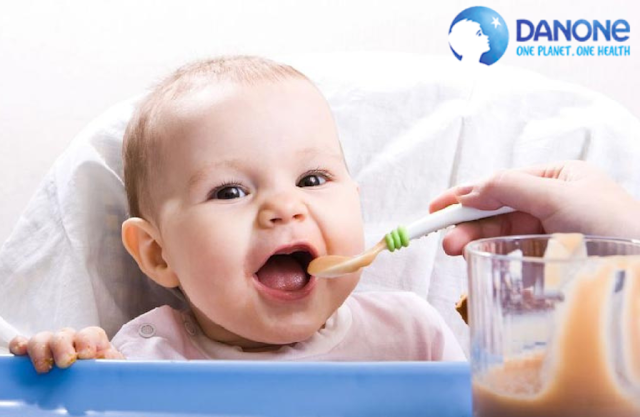Tips for Starting Solids and Baby Cereal
Around the age of six months, kids should start trying other meals besides breast milk and infant formula. Food introduction before four months is not advised. No two kids are the same. Is there a way to tell whether your baby is ready for solid foods or only breast milk or infant formula?
Here are several telltale indicators that your kid is ready for the next stage of growth and ready for baby cereal.
When Should I Start Feeding My Child Solids?
There is no need to serve food in a certain sequence while feeding a kid. After your baby reaches the six-month mark, you may introduce solid meals. At about seven or eight months of age, your baby should be able to consume solids from a wide range of food categories. Infant cereals, meat or other proteins, fruits, vegetables, grains, yoghurt, cheese, and more fall into this category.
Infant cereals, including oat, barley, and multi-grain, should be offered alongside rice cereal to provide a diverse diet.
When and How Should I Start Feeding My Baby Solids?
Vitamins and minerals are essential for a child's development. Now that your baby or toddler is eating solids, it's important to feed them a diet rich in essential nutrients and introduce quality baby cereal brands to them.
In the beginning, you should only introduce your youngster to foods that have a single component. This might help you determine whether your kid has any adverse reactions to the meal, including food allergies. New foods should be spaced out by three to five days. Your kid will soon be on the path to trying and appreciating a wide variety of new meals.
Make sure to exclude those foods that might cause allergic reactions in your baby, especially when introducing new foods. Foods that may trigger an allergic reaction include products made with cow's milk, eggs, fish, shellfish, tree nuts, peanuts, wheat, soy, and sesame.
Cow's milk and fortified soy drinks are best started after 12 months, while other cow's milk products like yoghurt may be introduced earlier. Discuss when and how to properly introduce foods containing peanuts with your kid's doctor or nurse if your child has severe eczema and/or egg allergy.
Some Tips on How to Get Your Kid to Eat
Foods that have been strained, pureed, or mashed into a very smooth consistency will be simpler for your youngster to take at first. Adjusting your child's palate to new food textures may take some time. Your kid may throw up or have a coughing fit. Thicker and lumpier meals may be offered as your child's oral abilities improve.
You should only give your kid meals with proper texture for his or her growth since certain foods might pose a choking threat. Easily dissolvable in saliva and without requiring chewing is ideal for preventing choking. Infants need to be encouraged to eat slowly, so start with little amounts. Keep a close eye on your kid when they're eating.
A Few Tips for Cooking
- To make cereals and mashed cooked grains easier to swallow for your
infant, try mixing them with breast milk, formula, or water.
- Puree or mash food until it is smooth like a smoothie.
- Apples and carrots, for example, need to be boiled before they can be
mashed or pureed.
- The meal should be cooked until it can be mashed with a fork.
- Before preparing any meat or fish for cooking, make sure to remove any
visible fat, skin, or bones.
- Fruit should have its seeds and any hard pits removed before it is
chopped into little pieces.
- Make bite-sized chunks or paper-thin slices of soft foods.
- To avoid choking, cut hot dogs, sausage, and string cheese into thin
strips.
- Slice or dice items that are round and tiny, such as grapes, cherries,
berries, and tomatoes.
- Cook whole wheat, barley, rice, and other grain kernels properly and then
ground or mash them until very fine.




Comments
Post a Comment